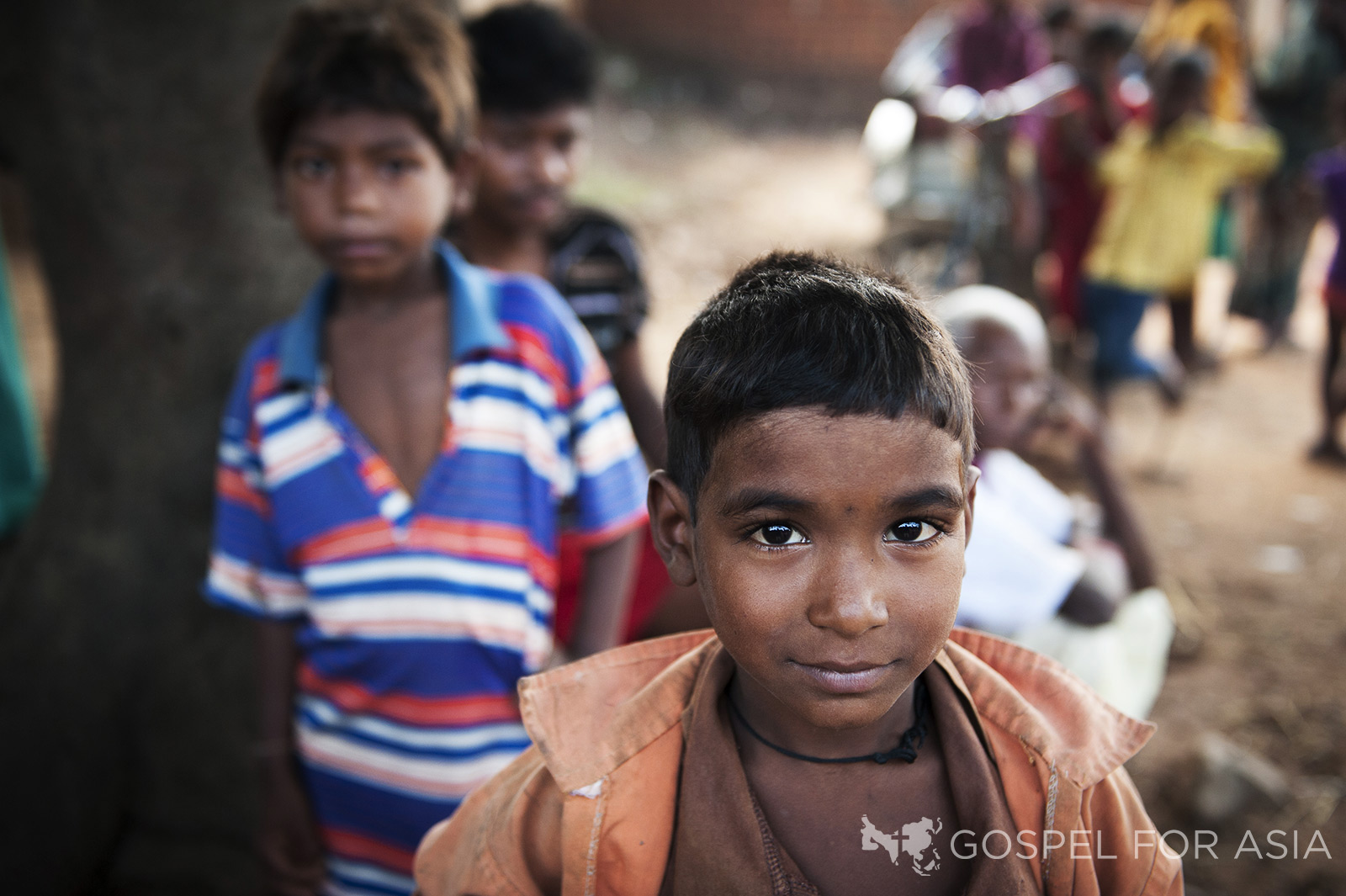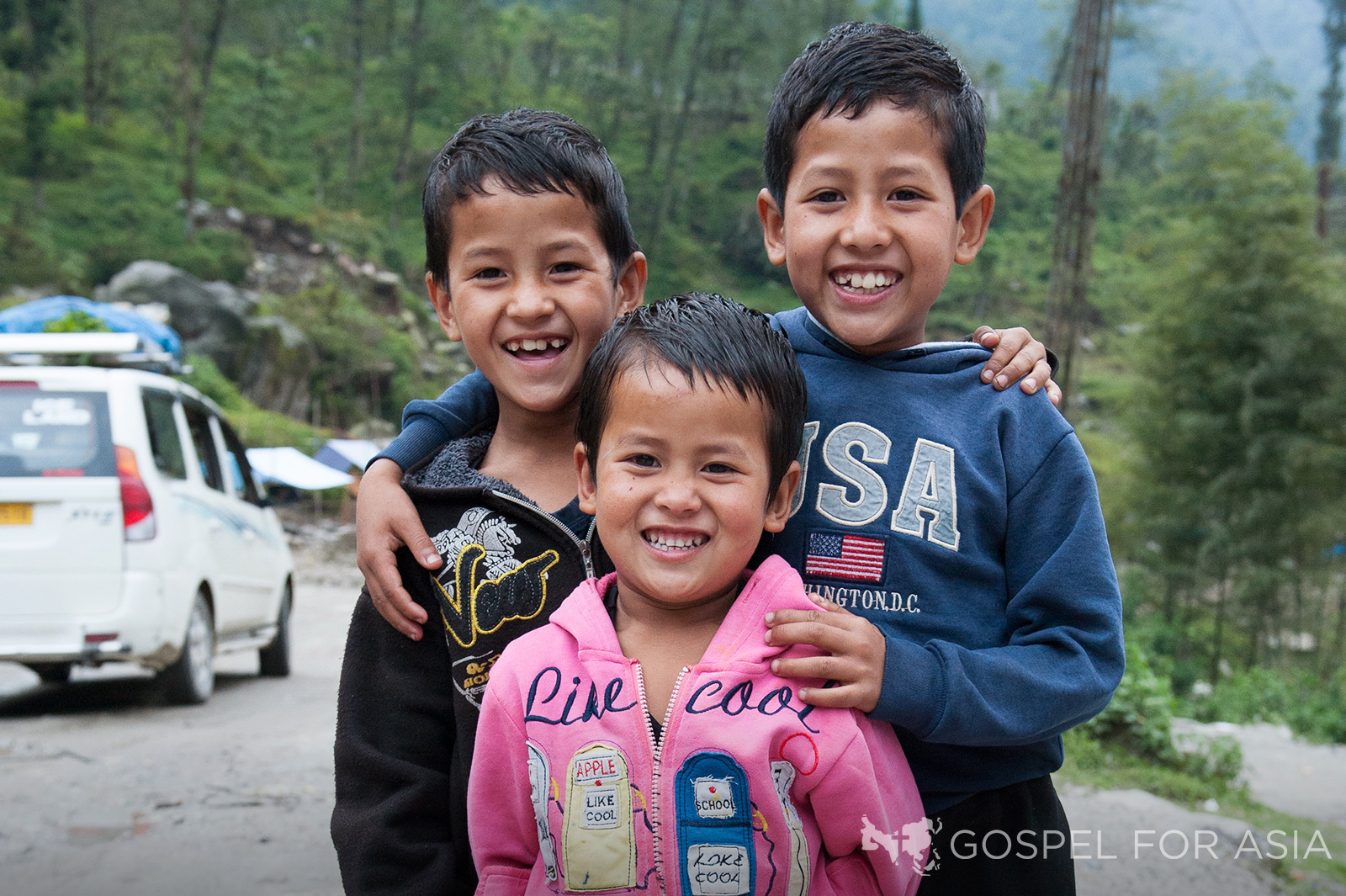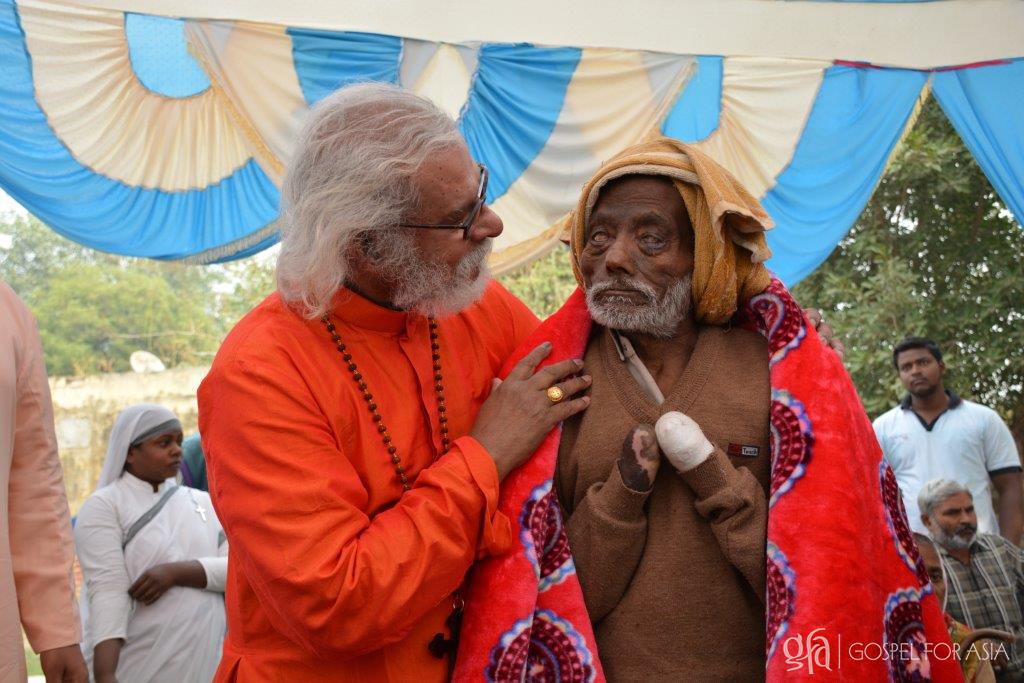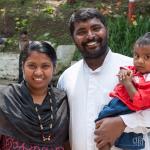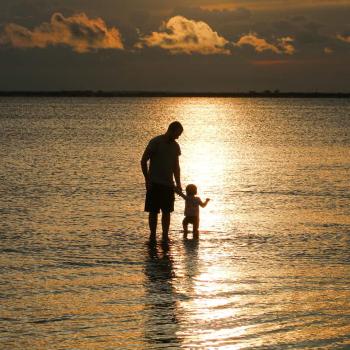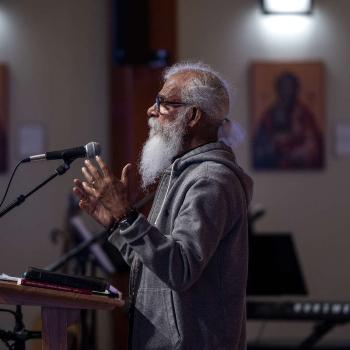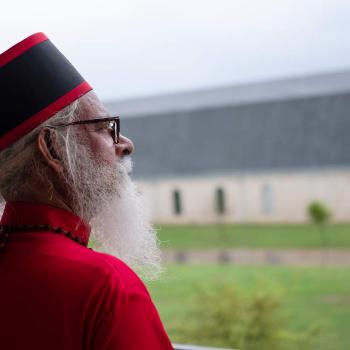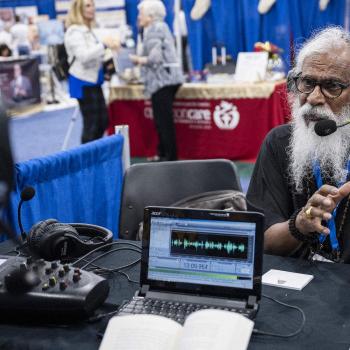Many years ago, I picked up a news magazine from my desk, and as I turned the pages, a disturbing picture grabbed my attention.
The photograph showed a severely malnourished African woman sitting on the dirt floor of her hut, holding two tiny infants in her arms. She was literally skin and bones. Her eyes had sunk into their sockets, her stomach was caved in and her ribs were sticking out. Please take a minute to look online at pictures of starvation in Africa. You will find just the kinds of picture I was looking at. It was heartbreaking.
But there was more to her story. She was staring in despair at her almost lifeless looking babies, as if she was asking herself a question without uttering words. The caption under the picture read: “Which one will she let live?”
Her body was so depleted by starvation that she could no longer produce enough milk to keep both infants alive. If she let one die and only nursed the other one, perhaps that one would have a chance to survive.
We can hear so many facts and figures and needs, but when we look at a picture, when we go there ourselves, it becomes so much clearer that this is truly a way of life for people around the world today.
Global Progress and Poverty
According to the UN, “More than 90 million children under age five are still undernourished and underweight.” Think about that. Think about how many children today are just trying to find a meal, and this is their way of life. You may find modern skyscrapers, businesses, affluent houses and shopping malls in major cities around the world, but within walking distance there are slums and poor inner-city neighborhoods. No area of the world is immune to this. Just think of the poverty in places like New York City and London or the homeless population in San Francisco. Millions live in slums like Ciudad Neza in Mexico and Orangi Town in Pakistan. No doubt, there have been great advances in education, technology, medicine, business and international trade. However, even though according to the United Nations“extreme poverty rates have been cut by more than half since 1990,” the need is still great. The following statistics are all current poverty-related issues.
- Out of the world’s 7.6 billion people, around 10% (767 million) live below the international poverty line of $1.90 a day, and millions more earn little more than that.
- One of the leading causes of malnutrition for children this age is diarrhea, and the World Health Organization estimates that each year it kills 525,000 children. Many times, this is caused by unsafe water and lack of sanitation.
- Globally, according to UNESCO, “at least 750 million youth and adults still cannot read and write and 250 million children are failing to acquire basic literacy skills.”
A Massive Task
Can you imagine the massive task it would be to get the world’s 767 million people out of poverty? That’s more than twice the entire population of the United States. It’s like moving the Himalaya mountains! No one man, government or organization can do it alone. It takes everyone who is blessed to have their basic needs met to help make it happen.
As the world celebrates International Human Solidarity Day on December 20, which is in part a day of action to encourage new initiatives for poverty eradication, it is good to take a hard look at what the needs are and what we can do to help.
Consequences of Poverty
Just last week, I was able to help hand out blankets to people living on the streets in Delhi. It was cold out, and I saw people laying on the side of the road with no blanket. It was heartbreaking to see the conditions they are living in and to know there are people all around the world in the same plight. Lack of warm clothes, sanitation, clean water and food are a result of widespread poverty, and end up resulting in malnutrition, sickness and death, especially among children.
The poverty-stricken are often forced to live in overcrowded slums or are homeless on city streets, unable to meet their most basic needs. To survive, some may work as unskilled laborers, while others may end up resorting to being scavengers or prostitutes. They can all be easy targets for exploitation. Looked down upon by society, they live with constant pain and rejection. It is not uncommon that in their hopelessness, many resort to alcohol and drugs or even commit suicide.
Our Resolve
As human beings, we can only relate to the world through time and space. We see everything from the perspective of this present world. From the teaching in the Bible and from believers of the early Church, we’re challenged to see things from God’s perspective—in the light of eternity. And in this light, we recognize the value God has placed on every person He created and our responsibility to do something about their poverty and suffering.
That’s why Gospel for Asia is passionately involved in helping to care for the sick and needy. It can be from community development and disaster relief to supporting programs that enable the poor to get out of poverty.
I recently got to visit one of the many leprosy colonies where Sisters of Compassion are working. Sisters of Compassion is a ministry supported by Gospel for Asia of women who are specially trained to show Christ’s love by physically serving the needy, underprivileged and poor. As I joined these Sisters of Compassion in giving out medicine and bandaging wounds, I was once again amazed by how these precious sisters embrace those afflicted by leprosy, serving them so faithfully in the name of Jesus. These leprosy patients, some without fingers or nose or ears, have faced so much rejection in their lives. But now they are finding hope, knowing that someone cares about them.
Breaking the Cycle of Poverty
The most important step toward breaking the terrible cycle of poverty, exploitation and slave labor, which hold people captive for generations, is for the poor to become literate and receive an education. It opens the door for them to get a job, support their families and learn skills that will improve their health, home life and environment.
Unfortunately, the daily struggle for survival leaves millions of desperately poor families with nothing left to send even one of their children to school.
When I took this burden to our ministry leaders several years ago, we began GFA’s Bridge of Hope Program.
Today, 82,000 needy children are enrolled in this program throughout several nations. With the support of thousands of kind and generous people from around the world, these children are getting a quality education, loving care and the opportunity for a bright future. They will be the ones to break the cycle of poverty for their families and help transform their communities.
Not only that, through Gospel for Asia’s gift catalog, over 1.7 million families have received gifts like blankets, sewing machines and goats, which raise their standard of living and help free them from the poverty they’ve been trapped in for generations.
This week as we observe the International Human Solidarity Day, it is a good opportunity for us to think about ways we can personally get involved. Each of us can help at least one poor person get out of poverty and together we can transform entire communities and uplift poor nations.
The poor of this world are loved by God, and He has given us the opportunity to love them too.
=====
For one way to bring hope to the suffering and help eliminate poverty, you can go to GFA’s online Christmas gift catalog.
Learn more about Bridge of Hope.
Click here, to read more articles on Patheos by Dr. KP Yohannan Metropolitan.
Go here to know ore about Dr. KP Yohannan: SourceWatch | Wiki | Flickr


